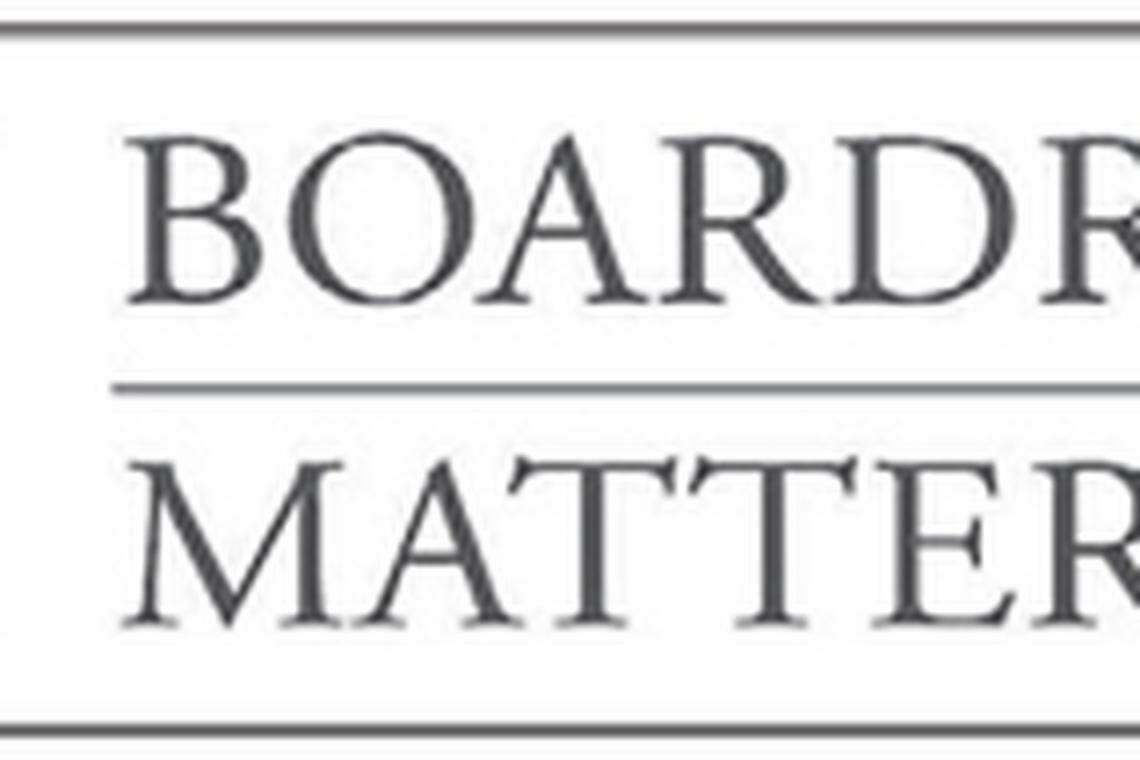Gender diversity: supply or demand?
It is difficult to substantiate that there is a lack of capable and qualified women to take up board seats; yet demand is lukewarm.
IN Singapore, the issue of board diversity, in particular, gender diversity has moved up the national and corporate agendas over the last two years.
Since 2015, there have been various initiatives to raise awareness on diversity and encourage action amongst publicly listed companies. These include:
Despite these efforts, the proportion of board seats occupied by women directors has only inched up from 8.8 per cent in 2014 to 9.6 per cent in 2016. This ratio is a far cry from the women labour force participation rate (60.4 per cent versus 76.2 per cent for the men), and also puts Singapore behind most countries, including neighbours Malaysia and India, in board diversity.
This dismal pace of change has led Minister for Culture, Community and Youth Grace Fu to take up the mantle for bolder action. On March 23, during the launch of the final set of Corporate Governance Guides by SID, Ms Fu said the PAP Women's Wing, along with BoardAgender, will be advocating a target of 20 per cent women on boards by 2020, a target broached earlier by SID's Diversity Subcommittee.
On April 4, DAC Chairman Loh Boon Chye announced that DAC agrees with the 20/20 challenge but also intends to "hop, skip and jump" to 25 per cent by 2025 and 30 per cent by 2030.
All well and good with these aspirations, but what is needed to get us there? Initiatives must address the blockages that have led to the slow progress to date.
Debates on these roadblocks have often revolved around whether it is a supply or demand issue.
Supply
From a supply standpoint, it is difficult to substantiate that there is a lack of capable and qualified women to take up board seats in listed companies.
To start, SID, BoardAgender, Women Corporate Directors, and other like-minded organisations advocating diversity have pools of women who are qualified and interested in becoming directors.
Beyond them, there is also a larger pool of women who are not yet listed company directors but have the grounding in corporate governance that, with further professional development, will make them effective listed company directors. They include the many professionals involved in corporate governance work in the law, accountancy and human resource professions.
Another source of supply of female talent for board roles is the pool of female top executives, especially those running their own businesses. They would be familiar with board work and can quickly go onto a board, just like the men who made it before them.
Among the non-profits, 31 per cent of the directors are female. They too grapple with similar issues of governance, integrity, transparency and accountability as their for-profit counterparts, hence their experience in non-profit organisations make them suitable for consideration for listed boards.
Demand
Demand from existing boards for women directors has generally been lukewarm. More than half of the listed companies today do not yet have a single woman on their boards. SID has more than enough board-ready female members to each take up a directorship at some 400 listed companies. That would easily bring up the proportion of women on boards to over 17 per cent.
The crux of the matter is that far too many boards rely on the "old boys' network" of existing board members, management and major shareholders in identifying potential board members. Few, if any, conduct a formal or externally facilitated search beyond these personal networks which is necessary in the interest of board diversity, not just gender.
The 2015 SID Board of Director Survey showed that more than 93 per cent of listed companies identify potential non-executive directors through the personal contacts of board members and management, and only 18 per cent of them look for candidates through search firms and other external sources.
A related issue is the limited renewal of boards. In order for more women to come on board, there must be a change in directors in the first place. This has been less than forthcoming.
For example, the 2016 SID-ISCA Singapore Directorship Report shows that more than 64 per cent of firms (that have been listed for more than nine years) have independent directors serving more than nine years.
With the current review of the Corporate Code of Governance, there are measures being debated on improving the situation. DAC has called for rules to require boards to establish and disclose a diversity policy, which should set measurable objectives and progress to achieve those objectives. Minister Fu has called for the rules to be made mandatory.
These measures will go some way in dealing with the fundamental issue of the "old boys' network" and, perhaps, the limited renewals of boards. More advocacy and guidance to boards on how they can move forward would help.
In the meantime, it is time that we stop citing the lack of women at the top of organisations as a major supply problem and instead focus on building up demand for women on boards in Singapore. This requires the collective vision and effort from all stakeholders of the corporate ecosystem.

BT is now on Telegram!
For daily updates on weekdays and specially selected content for the weekend. Subscribe to t.me/BizTimes
Companies & Markets
J&J profit beats Wall Street estimates
US dollar rises to five-month high, puts heat on yen
Bain proposes IPO of Japan’s Kioxia to clear way for US$5.8 billion loan refinance: source
Morgan Stanley’s profit rises as investment banking recovers
Japan��’s Nissan bets on solid-state batteries, gigacasting for next-gen EVs
Court lets OK Lim’s daughter leave Singapore, bail doubled to S$100,000
